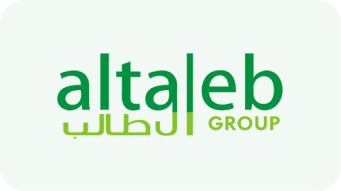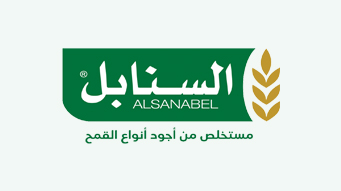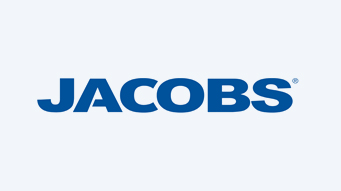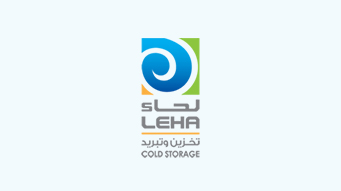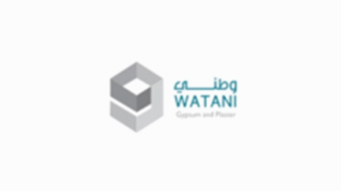
How do manual water purification valves balance water quality and environmental risks?
While manual water purification valves offer numerous benefits, they also raise numerous controversies, particularly regarding environmental impacts and health considerations. The discharge of sodium-rich wastewater from these systems can contribute to soil degradation and water contamination, posing risks to local ecosystems and human health, especially for those on sodium-restricted diets. Furthermore, proper maintenance and monitoring of these systems is essential to reduce the risk of microbial contamination and ensure the safe use of treated water.
In short, manual water purification valves play a pivotal role in water treatment systems by allowing precise control of water purification processes. Their importance is influenced by environmental and health concerns, necessitating responsible use and ongoing technological advancements to address these challenges.
Read also: Uses of Manual Water Purification Valves
Environmental Considerations
The use of manual water purification valves also poses environmental risks, particularly with regard to the discharge of sodium-rich wastewater. This discharge can contribute to soil degradation and water pollution if not managed properly. To mitigate these environmental impacts, homeowners are encouraged to perform regular maintenance and explore environmentally friendly water softening alternatives that reduce the frequency of regeneration cycles and minimize the discharge of salts.
Community-Level Applications
At the community level, manual softening valves can be integrated into centralized softening systems serving multiple households. This approach can significantly reduce chloride concentrations in the sewer system compared to individual household systems, reducing the environmental footprint of water treatment in the community. By advocating for environmentally friendly practices and providing community incentives, residents can collectively promote sustainable water management solutions.
Additional Features
Manual water softener valves may include features such as flush lines, which allow excess solid minerals and brine to be flushed out of the system during regeneration cycles. Furthermore, advances in valve technology have led to the development of demand-regeneration patterns, which optimize salt usage by activating regeneration only when necessary, based on actual water usage.
Installing Manual Water Purifier Valves
Installation of manual water purifier valves varies depending on the system used. Homeowners with plumbing experience may be able to install the system themselves; however, more complex installations typically require the expertise of a professional technician to ensure proper performance and compliance with local codes. It is recommended to refer to the product documentation, including manuals and instructional videos, for detailed installation instructions. Follow the manufacturer’s specifications to avoid potential problems that may arise from improper installation.
Maintaining Manual Water Purifier Valves
Regular maintenance is essential to ensure optimal performance of manual water purifier valves and the water purification system as a whole:
- Check Salt Levels: Regularly monitor the salt levels in the brine tank to ensure an adequate supply for replenishment. Most homes need to replenish the salt every 6 to 8 weeks, depending on water consumption.
- Clean the Brine Tank: It is recommended to clean the brine tank at least once a year to remove any sediment or dirt buildup that could impair performance. Inspect System Components: Regular checks of the control valve, resin beads, and other important components can help identify corrosion or blockages before they become more serious. This may include checking for leaks or ensuring the control valve is working properly.
- Monitor Water Usage: Adjusting settings based on your household water consumption can prevent excessive salt use and ensure efficient operation of your water purification system.
- Schedule Professional Inspections: It is recommended to schedule annual inspections with a qualified technician. These adjustments can help identify potential problems early and ensure efficient system operation.
By implementing these maintenance practices, homeowners can extend the life of their manual water purification valves and improve their overall efficiency. Regular maintenance not only contributes to maintaining fresh water quality but also reduces the frequency of repairs, which reduces costs and environmental impact.
Environmental Impacts
The use of water purifiers, especially those that rely on salt-based systems, has significant environmental impacts. These systems can lead to increased energy consumption, excessive waste generation, and the discharge of large amounts of harmful byproducts into the environment.
Brine Discharge
Salt-based water softeners regenerate sodium chloride, resulting in the discharge of brine containing high concentrations of sodium and chloride ions. This discharge can increase the salinity of nearby water bodies, negatively impacting aquatic ecosystems. Increased salinity can also harm fish and other aquatic organisms, reducing biodiversity and degrading water quality.
Soil and Water Contamination
Excessive sodium levels from water softener discharge can degrade soil, making it less fertile and more susceptible to erosion. When saltwater seeps into groundwater sources, it increases the salinity of drinking water sources. Posing a risk to human health, especially for those on low-sodium diets. Soil and water pollution can have serious repercussions for agriculture, impeding crop growth and threatening food security.
Impacts on Wastewater Systems
The high salt concentration in wastewater resulting from water softeners complicates treatment processes in wastewater systems municipality. Sodium-rich wastewater requires additional treatment methods to reduce salt levels before it can be safely released into the environment. This added complexity not only increases municipal operating costs but can also lead to higher water bills for residents.
Evaluating Alternatives
Homeowners considering alternatives to traditional salt-based water softeners should balance the costs against the potential environmental benefits. Environmentally friendly options, such as salt-free water softeners, may have higher initial costs but offer long-term savings by reducing the need for salt and minimizing environmental impacts. These alternatives contribute to reduced soil and water contamination, promoting a more sustainable approach to water treatment.
Health Considerations
The use of manual water softener valves in water treatment systems raises several health concerns. Particularly regarding water quality and the potential for microbial contamination. The presence of opportunistic pathogens in drinking water is a major concern for immunocompromised patients, as local microorganisms can cause serious health complications. These pathogens can multiply in water sources, such as healthcare facilities, where water is used to treat patients, disinfect instruments, and prepare solutions.
Infection Control Measures
Healthcare facilities are advised to implement strict infection control measures, particularly in areas providing care to severely immunocompromised patients. These measures are essential to prevent the generation of infectious aerosols and reduce the risk of exposure to harmful microorganisms. Guidelines specify the need for effective sterilization protocols for medical equipment that uses water, such as ventilators and nebulizers, to ensure that these devices do not contribute to cross-contamination.
Sodium Levels and Their Health Effects
The use of water softeners can lead to elevated sodium levels in drinking water. That can pose health risks to specific populations. Such as individuals on low-sodium diets, infants, and people with certain health conditions. While sodium levels resulting from the water softening process may be within safe limits for the general population, sensitive individuals should consider using water sources that bypass the softening process or have undergone additional treatment to remove excess sodium.
Environmental Impact
In addition to health effects, the discharge of sodium-rich water from water softeners can negatively impact local ecosystems. High salinity in water bodies can degrade water quality and harm aquatic organisms. Therefore, the environmental impact of water treatment methods must be carefully considered. Along with the health risks they may pose to vulnerable populations.







